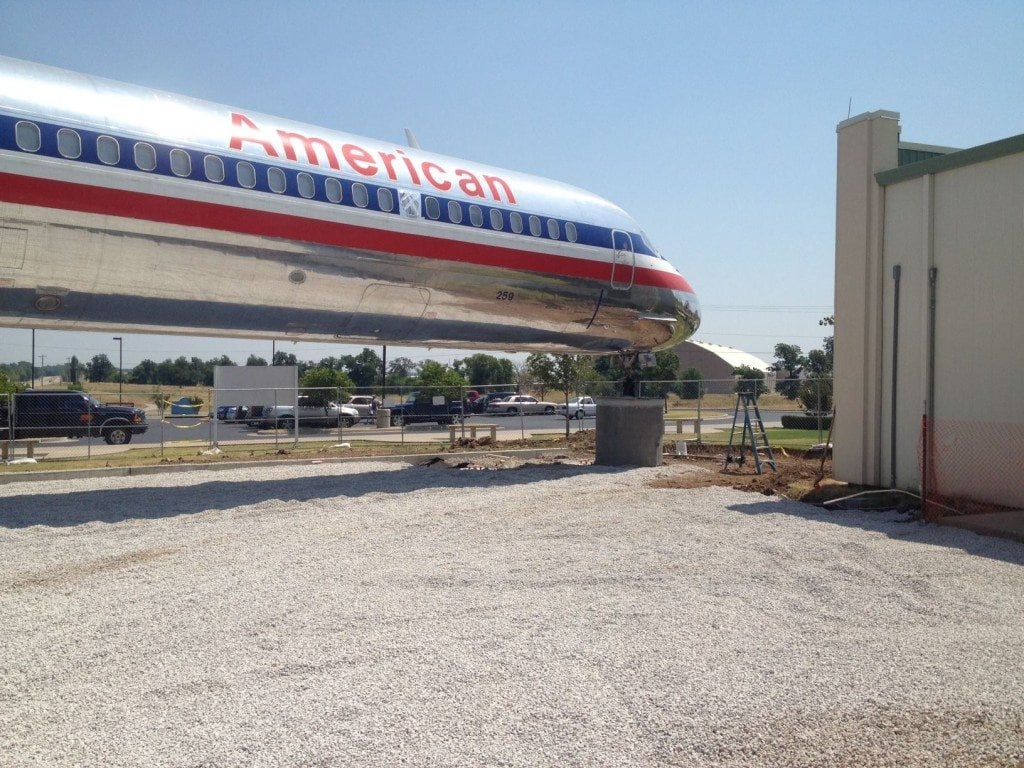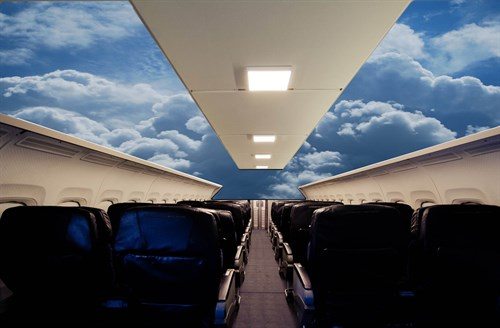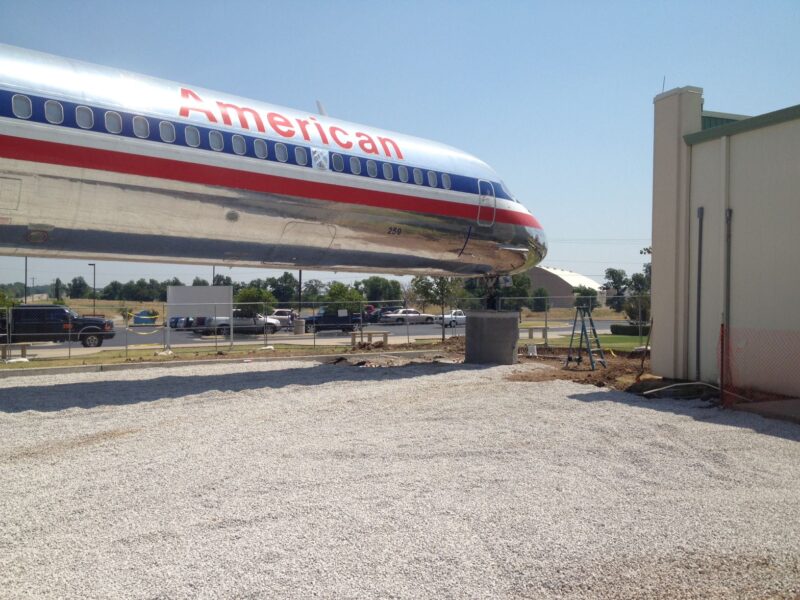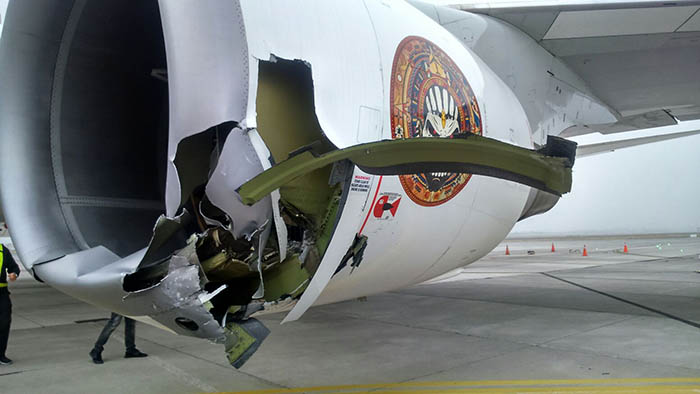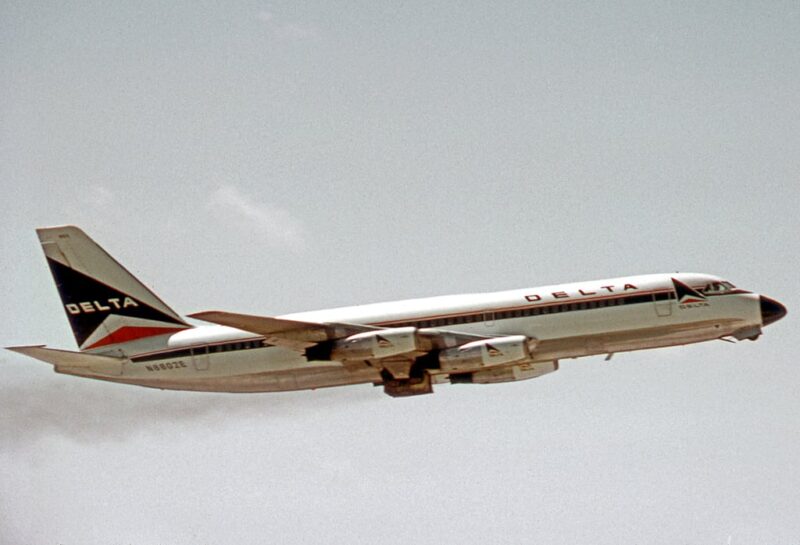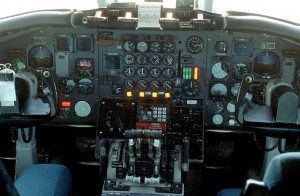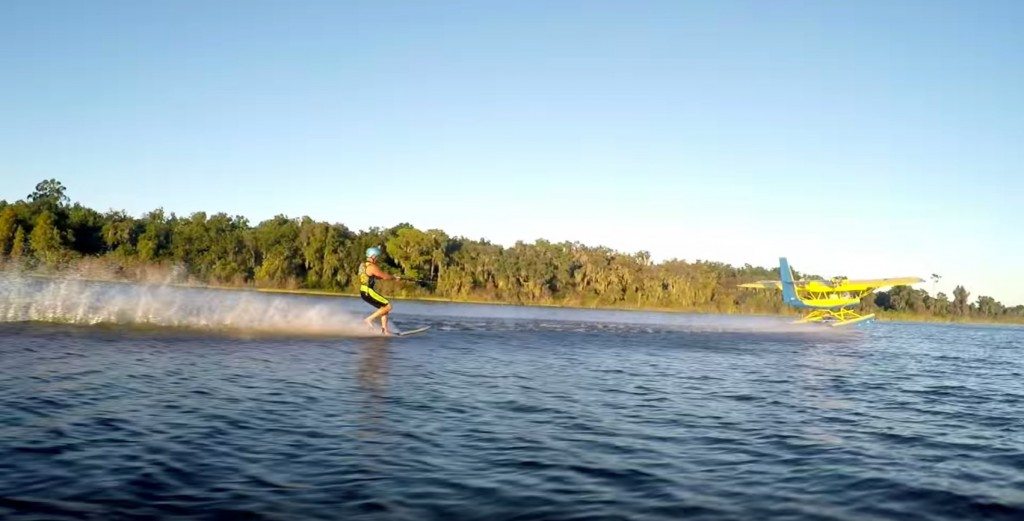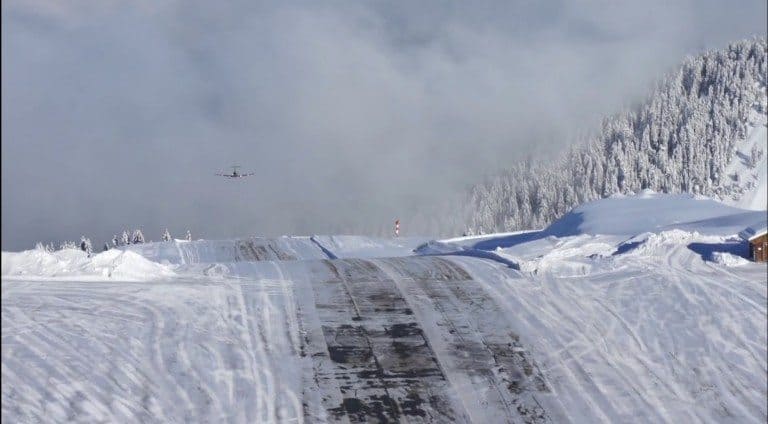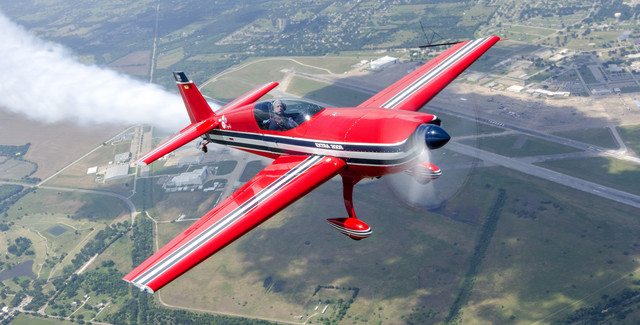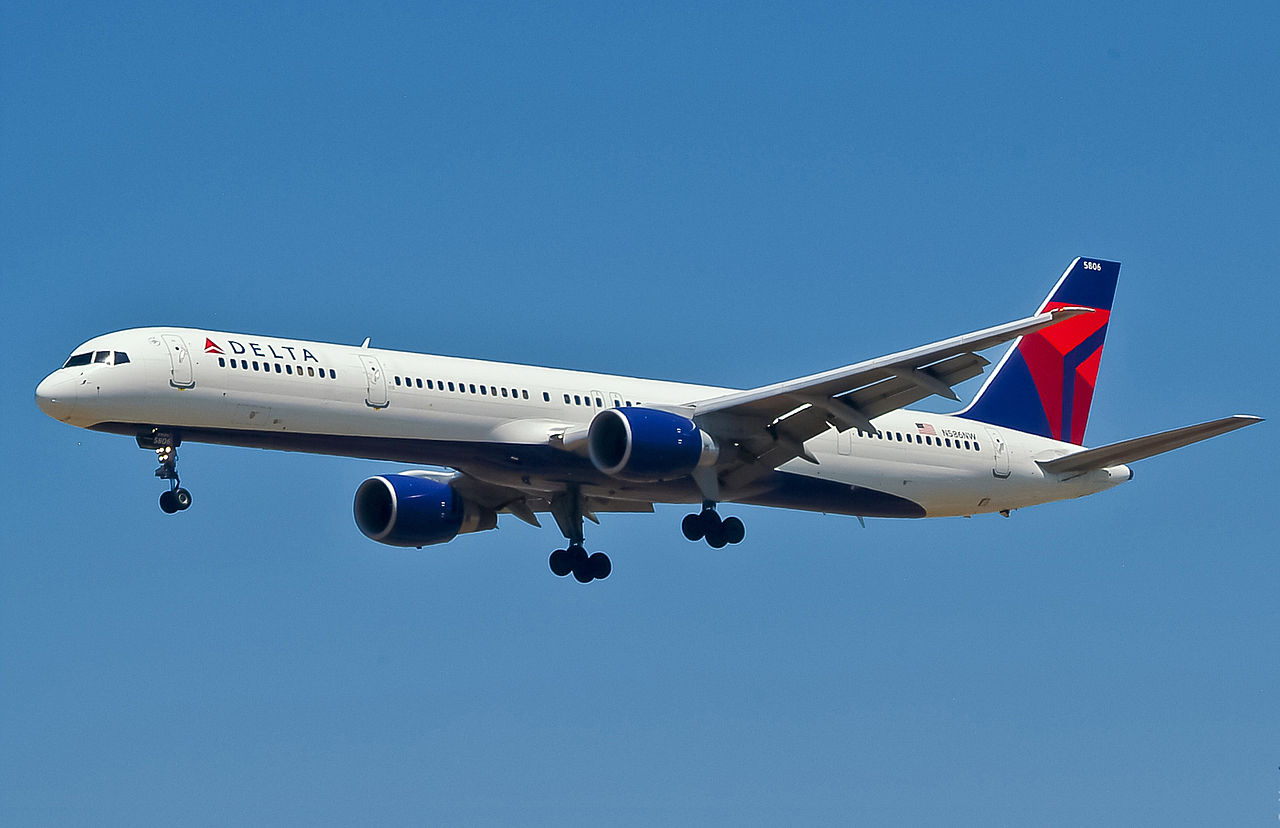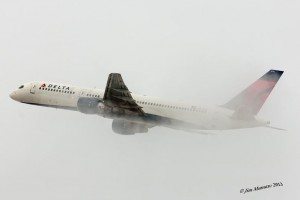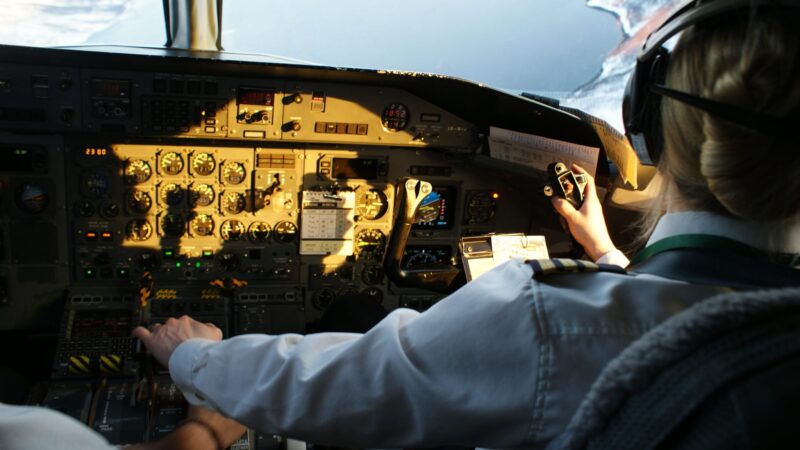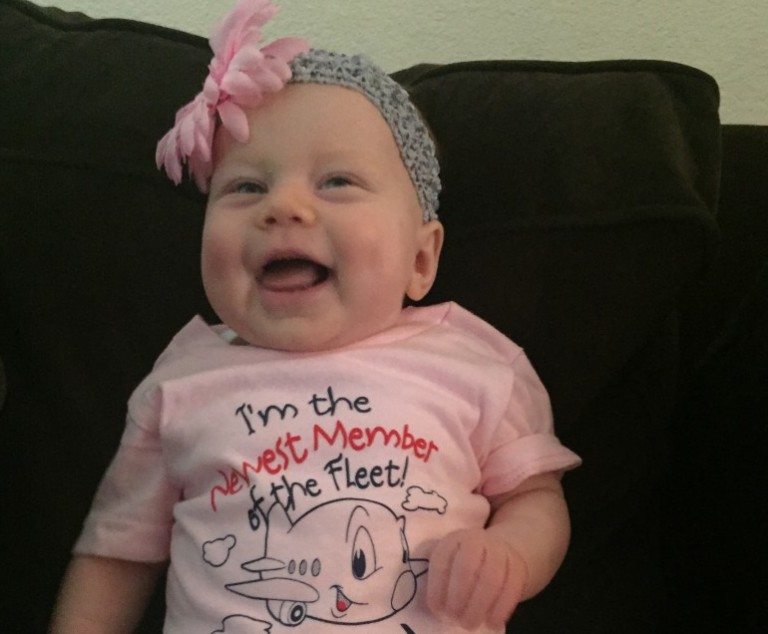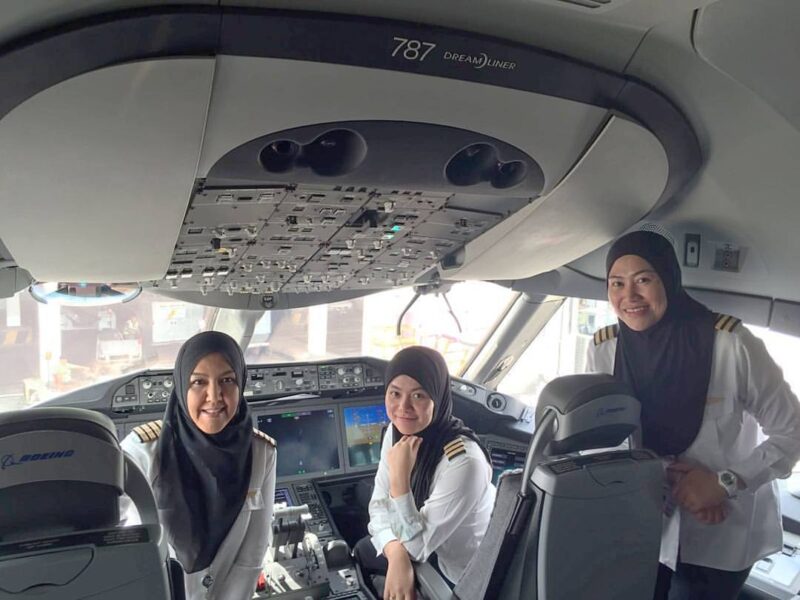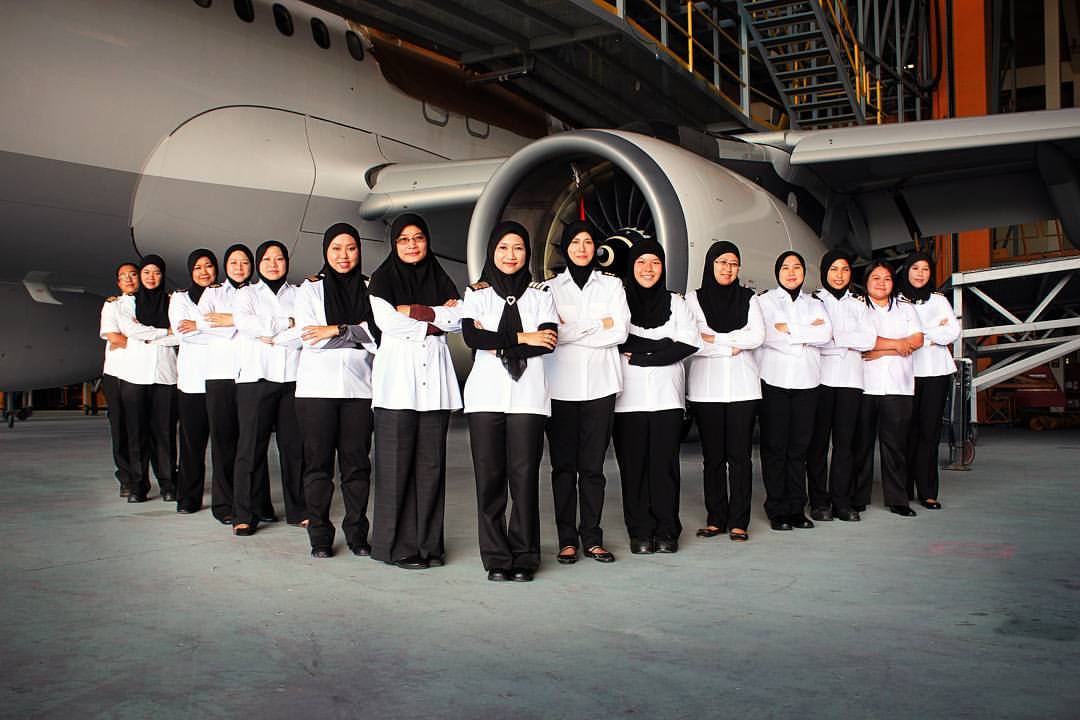
Mike Gallaway’s vocation is in sales. His avocation is as an aerobatic pilot. A connect-the-dots line of fate led him to his hobby.
First, Gallaway grew up around planes as his father was a pilot and family vacations involved flying, not driving, trips. Second, when Mike was in his early 20s and had drifted away from piloting, his father bought a Citabria for some weekend acrobatic flying. Third, Gallaway was fueling up the Citabria when someone mentioned there was an acrobatic club located at a nearby airport.
With one thing leading to another, Gallaway has found himself to be a talented acrobatic pilot who has been able to pursue a passion and turn it into an enjoyable hobby.
“Growing up, it was a charmed life being carted around on an airplane,” Gallaway said. “But I really wasn’t thinking about flying or becoming a pilot. When I was about 23 I looked into getting a license but realized how much it cost.
“When my dad bought the Citabria, he asked me to fly with him. We did a loop and a roll and I was hooked.”
At the age of 29, with enough money to scratch his itch, Gallaway started lessons and got his license six months later. He recently celebrated his 20-year anniversary as a pilot.
 “Most flying is uneventful,” he said. “I’m a very competitive person and when it dawned on me there was competitive aerobatics, I was hooked. It’s a challenge and a skill.
“Most flying is uneventful,” he said. “I’m a very competitive person and when it dawned on me there was competitive aerobatics, I was hooked. It’s a challenge and a skill.
“About six months after I had started flying my dad’s Citabria, I bumped into a guy at the gas pump and he asked if I was going to the meeting. ‘What meeting?’”
Gallaway was invited to the International Aerobatic Club and started to learn the basic skills for aerobatics. He benefitted from the tutoring of Jan Collmer, a former Navy pilot who had become a stunt pilot.
“He introduced me to the world of air shows,” said Galloway, a Dallas native. “I’ve been very fortunate to have a lot of people teach and encourage me.”
Gallaway has won the last three Texas State Unlimited Championships and last summer he flew for the USA in the World Aerobatic Championships in France.
Aerobatics is a judged competition. At the unlimited or highest level, there are four flight programs to each competition. The pilots fly in a “box” that is 1,000 meters square with a minimum altitude of 300 feet.
The first is the “known secrets” that is similar to compulsories in figure skating and gymnastics. All the pilots fly the same routine consisting of 10 maneuvers. The second part is a freestyle. The third and fourth are the “unknown programs” consisting of 10 maneuvers. The pilots can only mentally rehearse on the ground. It’s extemporaneous.
“It’s dangerous as hell,” said Gallaway, who also skydives. “I can’t emphasize how much you have to be mentally prepared and in the moment. When you strap in the cockpit, everything disappears and you’re focused on flying that aircraft.
“It’s decision making. I’ll bail out of a maneuver if my speed, altitude or mind isn’t right.”
 The 50-year-old Gallaway flies an Extra 300/SX unlimited aerobatic monoplane that he purchased in 2010. He installed a custom smoke system, a 330HP Thunderbolt engine and an MT propeller. Those additions make it one of the best performing planes in its class.
The 50-year-old Gallaway flies an Extra 300/SX unlimited aerobatic monoplane that he purchased in 2010. He installed a custom smoke system, a 330HP Thunderbolt engine and an MT propeller. Those additions make it one of the best performing planes in its class.
His surface waiver allows him to perform maneuvers without altitude restrictions. Gallaway’s one-man shows are crowd pleasers – in view of the audience, plenty of noise and smoke plus concise, compact maneuvers that include old-school figures with modern moves.
Gallaway performs about 12 air shows on weekends that help finance his flying. He also gets financial support from his sponsors – MT Propeller and Hutchinson Aerospace.
And there was another fateful happening that led him to yet another phase in his aerobatic career. Gallaway was attending an airshow in Arkansas and the narrator/public address announcer came down with laryngitis.
“Well, hell, I’ll do it,” recalled Gallaway, who will announce six events this year. “People told me that I had a talent for doing that and that I should do more of it. When the Red Bull Air Races were starting in 2004 I helped with analysis on their first event.
“Maybe this is all fate, who knows? It’s been a very enjoyable ride.”
[vimeo id=”87427801″ width=”800″ height=”454″ position=”left”]
Editors note: All photos are by Gary Daniels. Gary is a Dallas, Texas based photographer and designer. To see more of his work, please visit: www.daniels-creative.com
